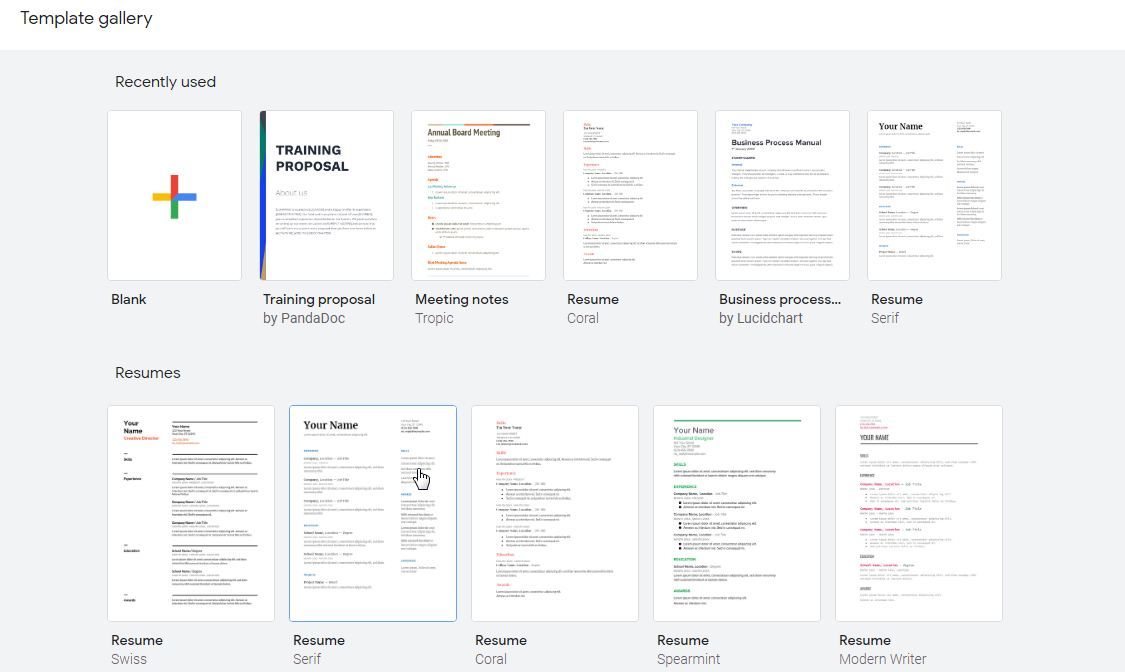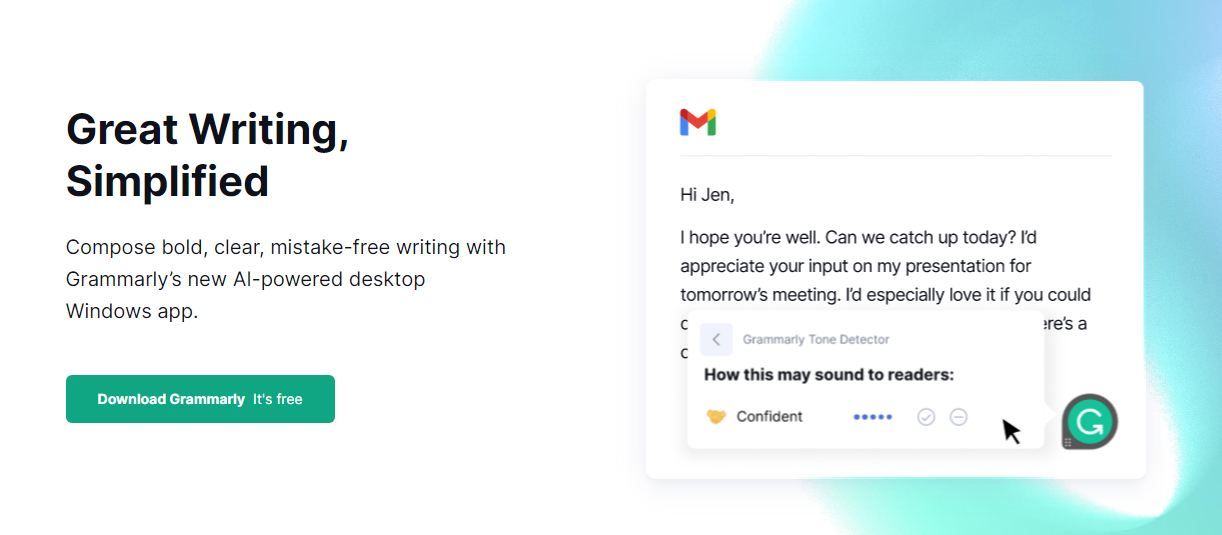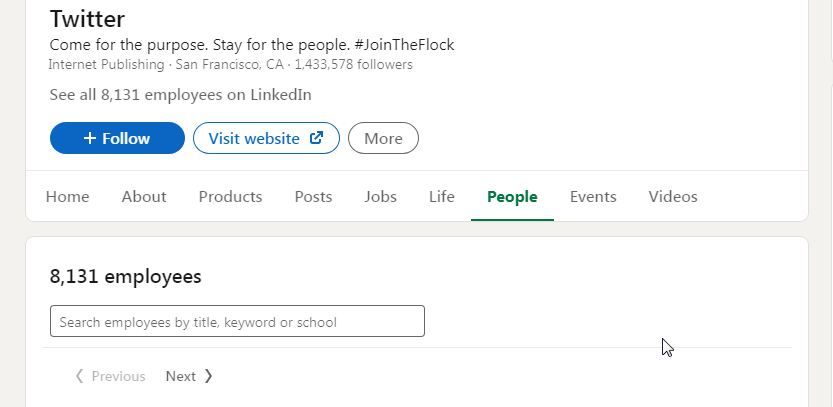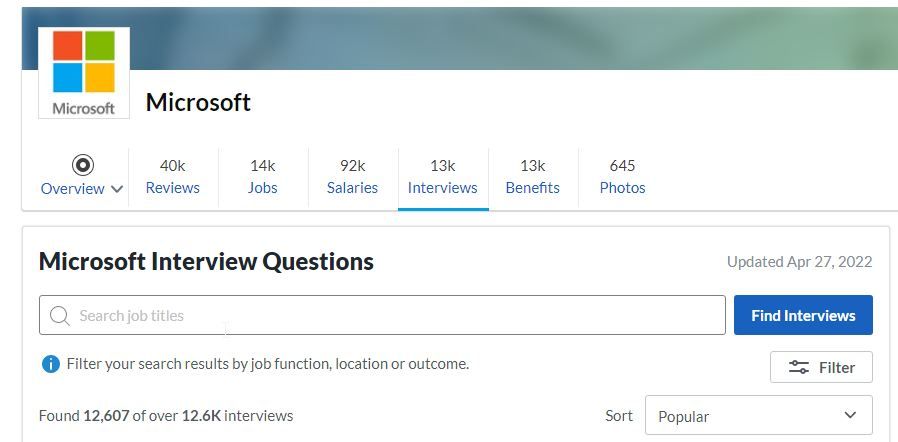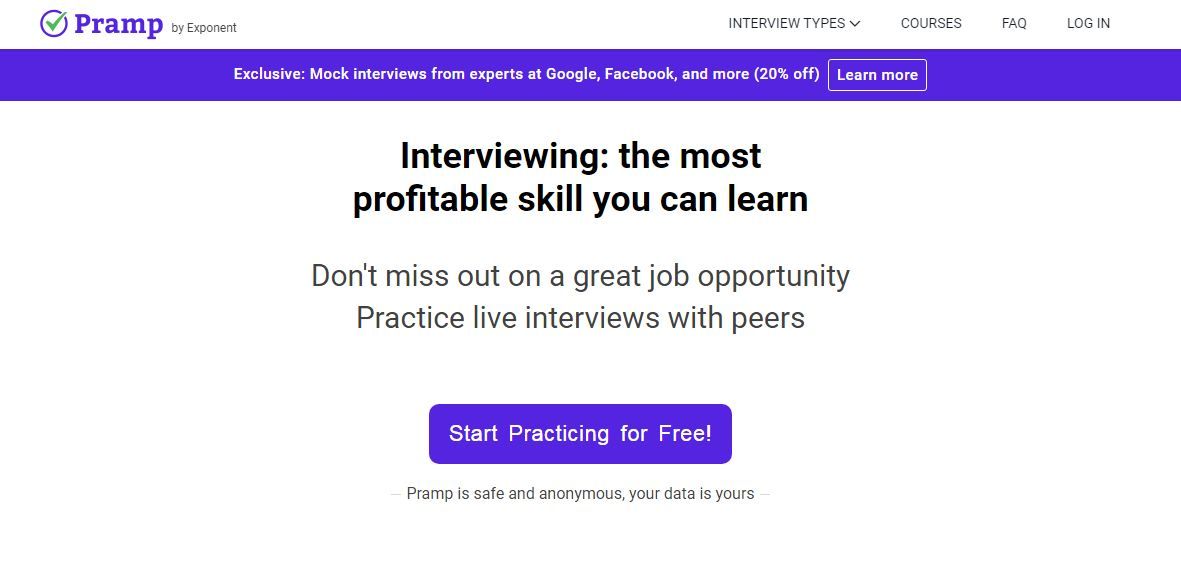Applying for your dream job? You'll want to put your best foot forward. Things like effectively researching the company, getting all your documents in the best shape, practicing ahead of your interview, and so on, will help you make the best impression.
The good news is there are a few apps that will help in the process. Here are the top five that we recommend:
1. Google Docs
The application process typically begins with creating a CV or writing a cover letter, or both. For many people, creating these documents can be a daunting task. Even though you’re just talking about yourself and your qualifications, you might struggle to figure out where to start.
Google Docs is an excellent tool to leverage in this situation, as it provides a library of templates for CVs and cover letters, along with other useful documents.
To get started, open up Google Docs in a browser or from the app, then click on Template Gallery. You'll find lots of useful templates for both CVs and cover letters. All you have to do is enter your details and download your new CV or cover letter.
Unlike most of the other apps that we’ll discuss in this article, Google Docs is entirely free, so you should take advantage of it. In addition to using the free templates, two more ways to do this are by enabling offline access and downloading the Google Docs and Google Drive apps on your mobile device, so that you can edit your documents on the go.
2. Grammarly
Few things can ruin an otherwise perfect application quite like a noticeable typo or misspelled word. While we all make mistakes, little grammatical errors may show recruiters that you don’t pay attention to details.
You don’t have to pore over your work to find the littlest errors manually. Simply use a grammar checker like Grammarly to highlight all the errors in your work. And not only will Grammarly pick up your grammatical mistakes, but it will also offer some suggestions to improve the flow of your writing.
There are three ways to use Grammarly. You can use it in-browser by uploading or pasting in your Word documents on Grammarly.com; by enabling the Grammarly Chrome extension; or by using it as a desktop app.
The Grammarly Chrome extension is the method we’ll recommend, particularly if you use Google Docs, as we've recommended, since it allows you to use Grammarly while you work on your Google Docs templates.
The free version of Grammarly is an excellent tool for catching grammatical errors and for improving the flow of your writing. The premium version offers even more powerful analyses of your writing, with deeper insights on how to improve its flow and the tone of your writing.
3. LinkedIn
LinkedIn can be a treasure trove for job applicants in several ways, as most companies put quite a bit of information on their LinkedIn pages. This includes things like their recent activity and developments, their mission, major changes to their corporate structure, staff, and so on. All of these are things you’ll be expected to know when you interview with the company.
Additionally, you might want to find out who is in charge of recruiting for the position you're interested in. This will allow you to tailor your cover letter effectively, by including their name and position.
To research a company effectively on LinkedIn, first, follow the company and visit their page. You don’t have to follow a company to visit their page, but connecting with them might improve your visibility to them.
Once on the company page, you'll see a navigation menu, usually with the tabs "Home", "About", "Posts", "Jobs", "People", and "Videos". Some pages might have a few additional tabs. You can learn much about the company by clicking on the About tab, and about what they’ve been up to by reading their posts.
Just as importantly, you might be able to learn to whom to address your cover letter by clicking on People. Some companies might have a lot of employees, so you can take a further step by entering keywords such as HR or recruiting, for example, to find people who might be involved with recruitment.
4. Glassdoor
You can use Glassdoor to research a company in a slightly different way to how you would use LinkedIn for research. Want to have some idea what the work culture at a company is like before you apply or accept an offer? Glassdoor is an excellent tool for this.
You can learn about things such as remuneration, work conditions, what employees have had to say about the management and so on. Employees are able to post this data anonymously, so you can usually rely on it to be truthful, especially when lots of employees say the same things.
You can also use Glassdoor to practice interviews. Simply search for the company you’re interviewing with, then click on Interviews. There, you'll be able to read other people’s interview experiences with the company, which will help you prepare for yours.
5. Pramp
Facing a technical interview soon? You’ll want to get lots of practice under your belt. Tech interviews, naturally, may frequently feature some technical questions. And while you may have the knowledge, you’ll also need to understand how to present it effectively.
There are lots of websites that help with generic interview questions, but much fewer that are focused on tech interview questions. Pramp is one of these and is dedicated to providing interview resources and help to people in coding careers.
To get the most value out of using Pramp, you can practice coding interview questions for free or sign up for more dedicated help on a premium plan. If your goal is simply to practice tech-related interview questions, however, the free plan is just fine.
Make the Best Impression Using These Tools
We have shared five useful apps that will help you prepare effectively for any job application. You can get started by creating your cover letter and CV using free Google Docs templates, and research the company using LinkedIn to learn what you can about it and to find out who the recruiting manager is.
Once you have passed the initial application process and get invited to an interview, you can use Glassdoor to research the company culture and salary expectations, as well as to practice answering common interview questions. Pramp is another useful resource for practicing technical interview questions. One thing to note is, while we've recommended using Google Docs to create your CV, you should know there are quite a few alternatives that might be just as good.


